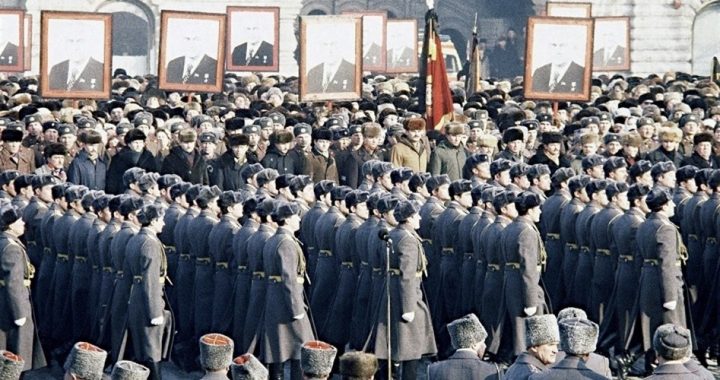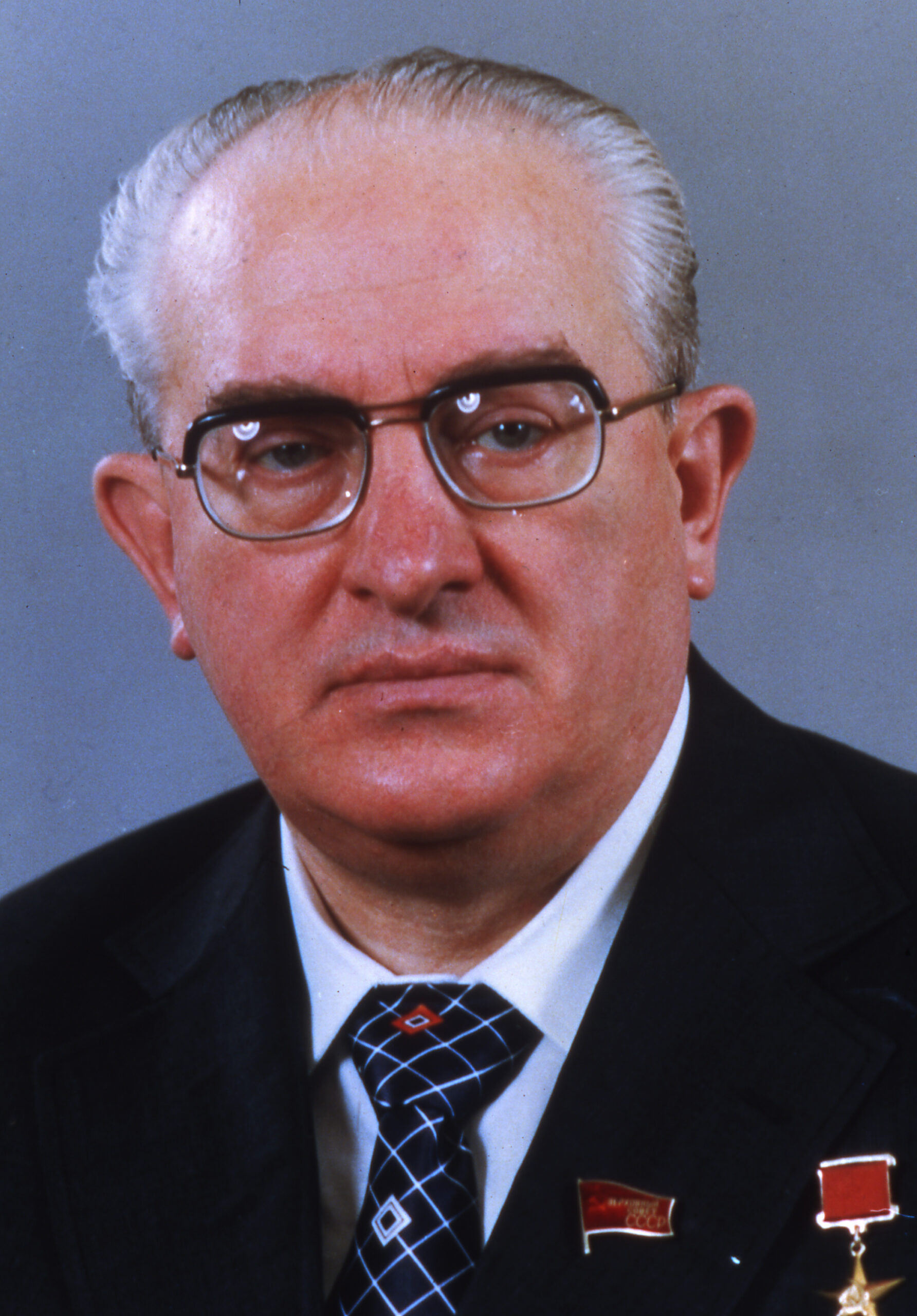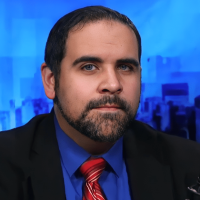
In a recent exclusive article for World Net Daily, former Soviet-bloc Romanian intelligence officer Lt. General Ion Mihai Pacepa writes how the recent wave of Islamic radicalism in the Middle East, from the Arab Spring to the recent 9/11/2012 Benghazi and Cairo attacks, were not the work of spontaneous attacks, but rather the result of a decades-long carefully planned operation by the Soviet Union.
In July 1978, U.S. President Jimmy Carter granted political asylum to Lt. General Pacepa, who eventually became a U.S. citizen. Pacepa is the highest-ranking intelligence officer to ever defect from the Soviet-bloc. He has assisted the CIA, which praised him for providing “an important and unique contribution to the United States.”
In his article, Pacepa notes “the day of our ambassador’s murder, Sept. 11, 2012, also happened to be the very day the Kremlin celebrated a significant anniversary — 125 years since the birth of Feliks Dzerzhinsky, the founder of the KGB, now rechristened FSB.” Pacepa continued:
My past experience at the top of the Soviet bloc intelligence community gives me solid ground to state that the Muslim attacks on U.S. embassies and the assassination of our ambassador to Libya, carried out with Soviet-made rocket-propelled grenades, Kalashnikovs and Molotov cocktails, were just as “spontaneous” as the May Day parades in Moscow — and that they have the same organizers. (Emphasis added).
Communist inspired out of Russia? That is exactly the claim that Pacepa is making. He goes on to cite a personal encounter in 1972 with then-KGB chairman Yuri Andropov, in which Andropov outlined a secret Soviet plan to ferment revolution in the Islamic world via the use of anti-American and anti-Semitic propaganda, including the “Protocols of the Elders of Zion,” translated into Arabic and disseminated throughout the Middle East.
“The idea was to portray the United States as a war-mongering, Zionist country financed by Jewish money and run by a rapacious ‘Council of the Elders of Zion’ (the KGB’s derisive epithet for the U.S. Congress) intent on transforming the rest of the world into a Jewish fiefdom,” Pacepa recalls Andropov as telling him.
Pacepa refers to Andropov as the “Father of today’s anti-Semitism and international terrorism.” Most notably, Pacepa recalled:
Andropov made the point that one billion adversaries could cause far greater damage than could a mere 150 million. Even Muhammad, he said, had not limited his religion to Arab countries.
The KGB boss described the Muslim world as a waiting petri dish, in which we could nurture a strain of hate-America, grown from the bacterium of Marxist-Leninist thought. Islamic anti-Semitism ran deep, he said. (Emphasis added).
Pacepa noted his specific role in the project:
Before I left Romania for good in 1978, my Romanian espionage service alone had sent some 500 undercover agents to various Islamic countries. Most of them were religious servants, engineers, medical doctors, teachers and art instructors. According to a rough estimate received from Moscow, by 1978 the whole Soviet bloc intelligence community had sent around 4,000 such agents of influence to the Islamic world.
No one can say for certain how much influence these efforts had, says Pacepa, but it “should have made some dent.” A year after the entire Soviet-bloc intelligence community had sent some 4,000 agents of influence to the Islamic world; Islamic revolutionaries toppled the Shah in Iran and stormed into the U.S. embassy in Tehran, taking American hostages.
From then on the U.S. has had to contend with Islamic terrorism, most notably with Hezbollah and Al-Qaeda. In 1983, Hezbollah introduced itself to the world by bombing the U.S. Marine barracks in Beirut. A decade later, Hezbollah carried out terrorist attacks on the Israeli Mutual Exchange Building in Buenos Aires, Argentina.
Terrorism then reached the shores of the United States, when Osama bin Laden and his Al-Qaeda network bombed the World Trade Center in New York, followed a few years later by the destruction of the U.S. embassies in Kenya and Tanzania. Then in 2000, Al-Qaeda attacked the U.S. Navy destroyer USS Cole. In 2001, they orchestrated the September 11 terrorist attacks on the U.S. mainland. This horrific attack resulted in the destruction of four commercial airliners, the destruction of the Twin Towers, severe damage to the Pentagon, and the loss of nearly of 3,000 American lives.
Islamic terrorism has cost America dearly, but can it accurately be said that it has, at least in part, been the result of covert Soviet operations?
Critics of this theory quickly dismiss any notions of Soviet-Muslim collaborations, citing the apparent incompatibility between communism-atheism and Islam, but a diligent study into Islam in the Soviet Union reveals a little-known but yet highly relevant history, especially in light of the recent chaos in the Middle East.
Soviet Power and Islam
In 1984, the Communist Party-controlled Novosti press, in Moscow, published a small booklet entitled Soviet Power and Islam. This booklet detailed the history of Soviet-Muslim collaboration, starting with the infamous October Revolution of 1917. Muslims living in Central and Eastern Russia initially supported Lenin and his Bolshevik Revolution against what they perceived as the anti-Islamic government of the Tsar. The booklet cited the following statement from the Muslim Board of Russia, dated September 15, 1923:
By the holy mercy of Allah the revolution that took place in Russia has eliminated the ruthless, despotic autocracy which used to persecute the religion of Islam.
On October 25, 1926, the Soviet-sponsored All-Russia Congress of the Muslim Clergy opened with the following telegram addressed to the Communist Party of the Soviet Union:
On behalf of all Muslims the Congress expresses gratitude and devotion to Soviet power, the defender of the oppressed peoples of the East, and promises to support the Soviet Government’s measures to consolidate the gains of the revolution.
The Soviet Union set up special Muslim Boards, which were responsible for the “Supervision of the mosques and guidance of the spiritual life of Muslims in the USSR,” according to the booklet. These Muslim Boards included:
- the Muslim Board of Central Asia and Kazakhstan with headquarters in Tashkent
- the Muslim Board of Siberia and the European Part of the USSR with headquarters in the town of Ufa
- the Muslim Board of North Caucasus and Daghestan with headquarters in Makhachkala
- the Muslim Board of Transcaucasia with headquarters in Baku
Muslim devotion to Soviet power became most evident in the 1970s, when the Arab countries went to war against Israel:
After the fourth Arab-Israeli war in October 1973 the leaders of the Muslim religious institutions of the USSR convened a conference on November 13-14, 1973 under the motto “For Support of the Just Struggle of the Peoples of the Arab Countries for the Liberation of Their Territories, for National Independence and Social Progress.”
The conference was attended by delegations from Egypt, Iraq, Libya, the Yemen Arab Republic, and Kuwait. It also adopted an “Appeal to All Muslims and People of Good Will,” which stated:
We, Muslims of the USSR, express our full solidarity with the fraternal Arab peoples fighting for the unity, freedom, independence and national sovereignty of their countries. In accordance with our religious duty, we insist on the establishment of a just and lasting peace in the Middle East — the sacred land of the followers of various religions. To promote the establishment of such a peace we demand the implementation of the resolution passed on October 22, 1973, by the UN Security Council, the immediate and unconditional withdrawal of Israeli troops from all occupied Arab lands, and recognition of the legitimate rights of the Arab people of Palestine to determine their own future.
This notion of self-determination has been the historic linchpin for the Soviet-backed communist revolutions and insurgencies in China, Cuba, Vietnam, Nicaragua, El Salvador, Uruguay, and Angola. Realizing the unique nature of the Middle East, the Soviet Union knew it could not rely on traditional Marxism-Leninism or a Russian white face to ferment anti-capitalist and anti-Western revolution. Instead, the Kremlin adapted its rhetoric to a more Islamic tone and employed the use of Muslims already living in the Soviet Union, who remained loyal toward the Soviet government, to help carry out this mission.
The booklet cited the following statement made by Kazi A. Kolonov, a representative of the Muslim Board of Central Asia and Kazakhstan, on behalf of the Muslim clergy and believers in Tajikistan:
The Muslims welcome the new [1977] Constitution of the USSR, for each line in it distinctly shows concern for man. They are completely satisfied with its wise content and great humanism. We approve of it entirely and unqualifiedly.
Soviet-Muslim Terror Connection
Another publication that also provides relevant information about the Soviet penetration and exploitation of Islam for the purpose of revolution is New Lies for Old, written in 1984 by KGB defector Anatoliy Golitsyn.
Before his defection to the West in 1961, Golitsyn served as a member of the KGB’s ultra secretive Department D, which dealt with long-range disinformation. Department D was subordinate only to the Central Committee of the Communist Party and was “given access to the executive branches of government and to departments of the Central Committee to enable it to prepare and carry out operations that required the approval or support of the party leadership,” according to Golitsyn.
Golitsyn also confirmed Soviet collaboration in the Muslim world to be used as an instrument of war against the West:
In March 1965 the First Conference of Muslims of Asia and Africa was held in Bandoeng. Thirty-five countries were represented. The Mufti of Central Asia and Kazakhstan, Babakhanov, led the Soviet delegation. The conference discussed the use of Muslim proselytizing societies as weapons against imperialism. The need to harness Islam to the service of the revolution has been openly discussed by communist strategists. Based on Soviet experience in Central Asia, the problem of achieving this is considered difficult but soluble. (Emphasis added).
He also explained the reasons behind the Soviet Union’s sponsorship of terrorism:
The objective of violence is to create chaos and anarchy, to impose additional strains on ruling democratic parties, to eliminate their ablest leaders, to force them to resort to undemocratic measures, and to demonstrate to the public their inability to maintain law and order, leaving the field open to the legal communist party to present itself as the only effective alternative force.
In addition to Golitsyn, General Alexander Sakharovsky, the head of the KGB 1st Chief Directorate (responsible for foreign intelligence) from 1956-1971, said, “In today’s world, when nuclear arms have made military force obsolete, terrorism should become our main weapon.”
Considering Golitsyn’s and Sakharovsky’s evidence, we have every reason to believe that Moscow’s endgame for Islamic terrorism was the establishment of communism. In the “Report of the Central Committee of the CPSU” to the 26th Congress of the Communist Party of the Soviet Union, Soviet leader Leonid Brezhnev told the assembly of Communist Party delegates, “The banner of Islam may lead into struggle for liberation.”
Is this still Russian policy? Shorty before he was assassinated via polonium poisoning in 2006, KGB/FSB defector Alexander Litvinenko said, “The center of global terrorism is not in Iraq, Iran, Afghanistan or the Chechen Republic. The terrorism infection creeps away worldwide from the cabinets of the Lubyanka Square and the Kremlin.”
Lubyanka Square refers to the headquarters of the KGB and now FSB. In 2008, Russian KGB/FSB defector Lt. Colonel Konstantin Preobrazhensky published the book KGB/FSB’s New Trojan Horse: Americans of Russian Descent. In it, Preobrazhensky states that unlike the apolitical CIA or British MI-6, the FSB “is a department of the Central Committee of the Communist Party of the Soviet Union.”
He describes the FSB as the “armed unit” of the Communist Party that remained intact following 1991 restructuring of the USSR into the modern day Russian Federation. “The FSB and the Communist Party share the same ideas,” Preobrazhensky writes, “the chekist [name given to KGB/FSB officers] even now remain Communists in their hearts.”
One well known chekist or former agent of the “armed unit” of the CPSU is current Russian President Vladimir Putin, an admirer of Yuri Andropov.

Andropov was the head of the KGB from 1967 to 1982 who personally told Lt. General Pacepa of the need to use the Islamic world, most notably, the Middle East, to stir up anti-American and anti-Israeli sentiment for the sake of Marxist-Leninist revolution.
Putin’s very motives may well be extrapolated from the following statement he made as President in 2005, “The collapse of the Soviet Union was the greatest geo-political catastrophe of the century.”
In his second book, The Perestroika Deception, published in 1995, Anatoly Golitsyn wrote, “When the right moment comes the mask will be dropped and the Russians with Chinese help will seek to impose their system on the West on their own terms as the culmination of a ‘Second October Socialist Revolution.’ ”
With the Middle East engulfed in ongoing Islamic revolution, it remains to be seen what the outcome will be of it all. But one thing that is certain, as the clocks draws closer to 2017 — marking the 100th Anniversary of the first October Socialist Revolution — one should not dismiss the role of Russia.
Photos: Above, right: Russian President Yuri Andropov’s funeral Feb. 14, 1984; lower, left: 1979 portrait of Yuri V. Andropov, member of the ruling Soviet Politburo, chief of the Russian secret police, KGB: AP Images




